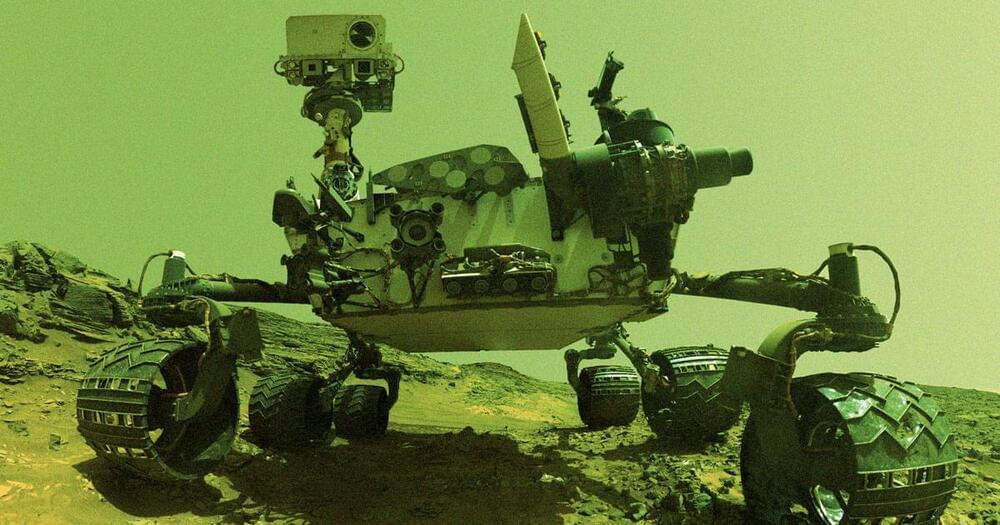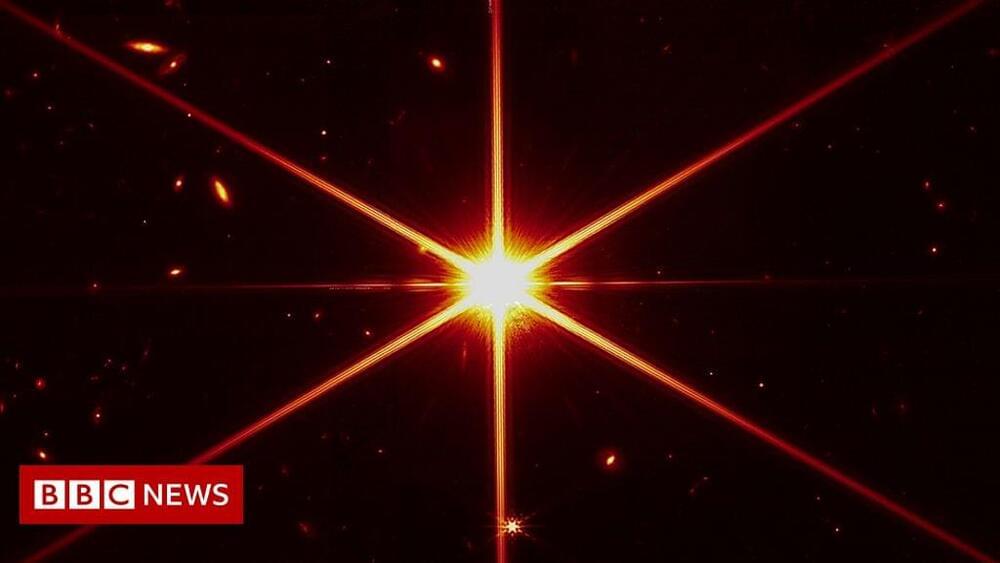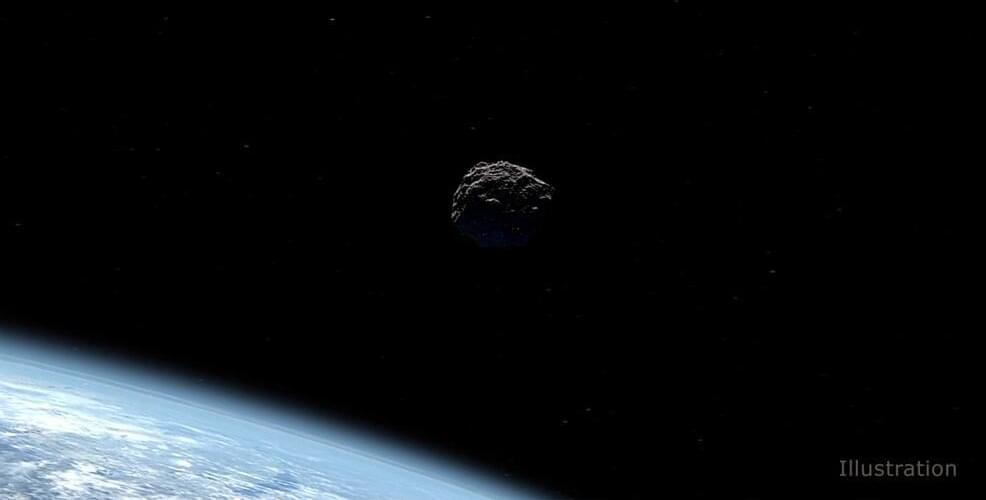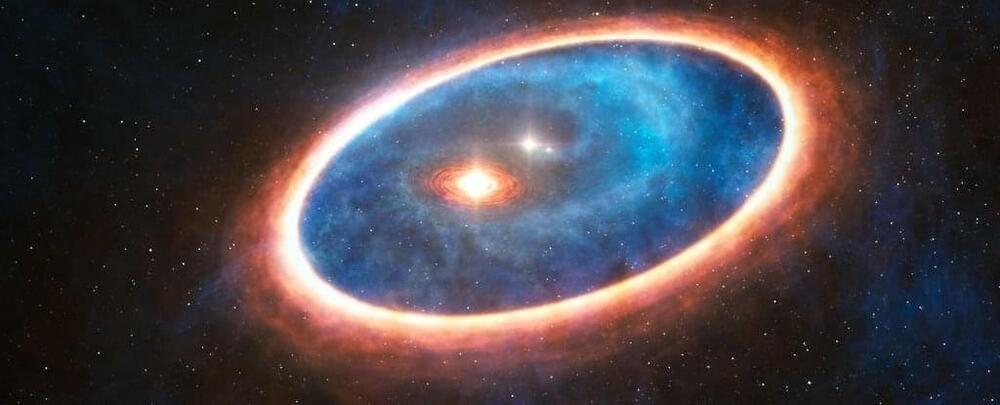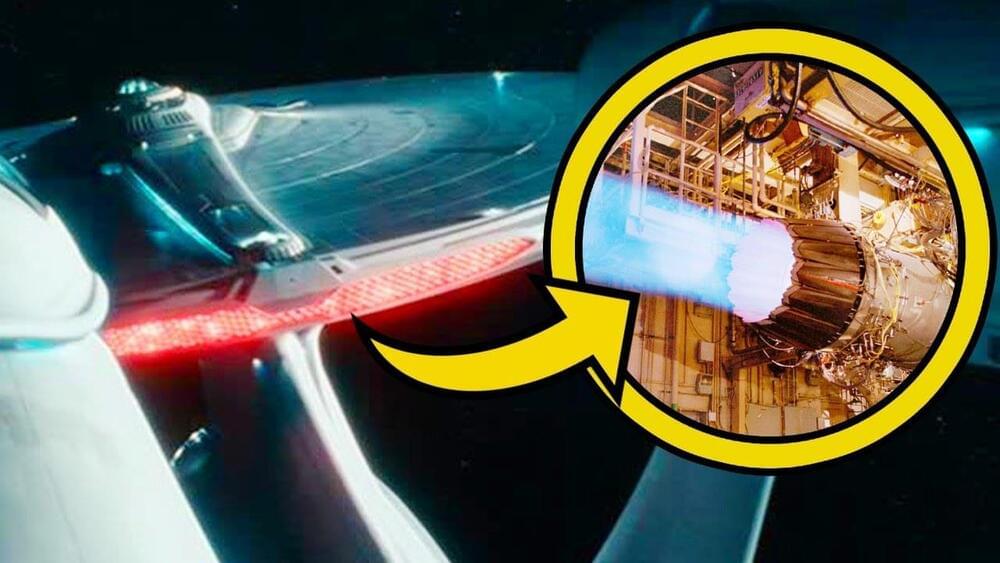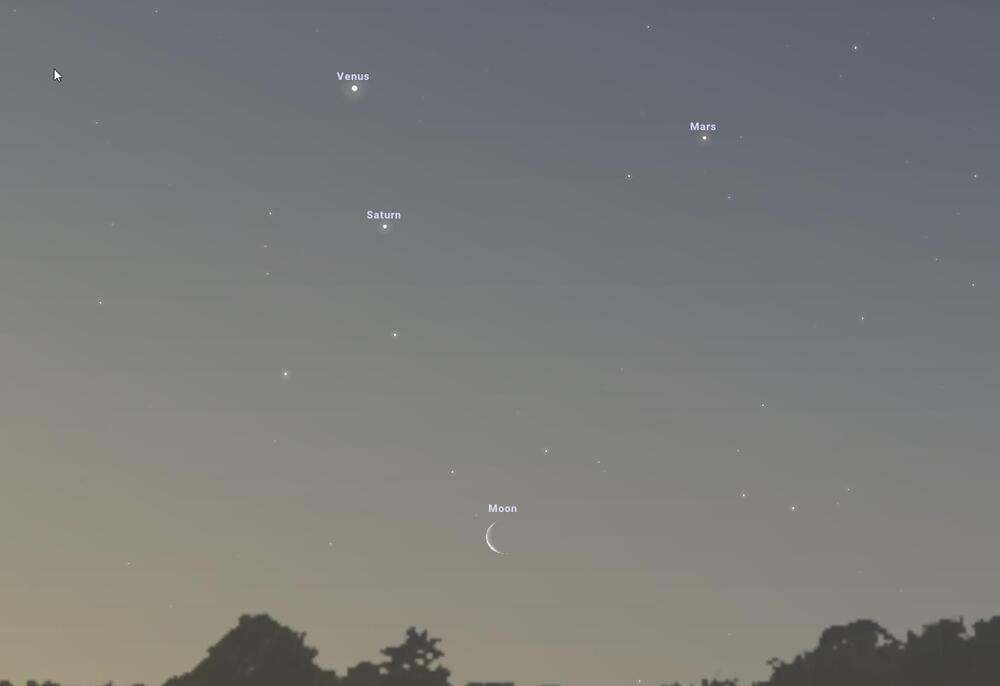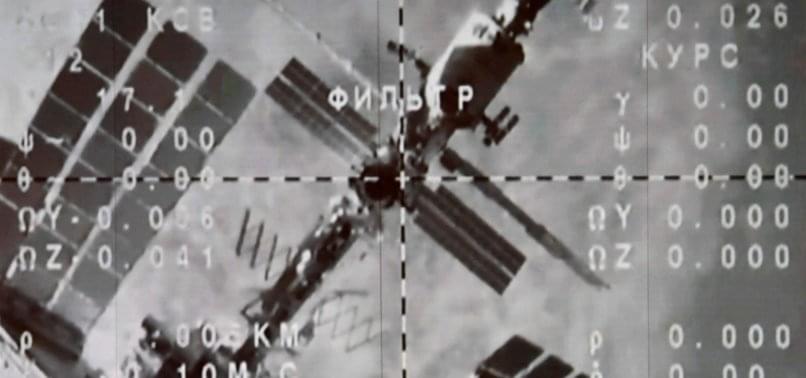Over the past decade or so, many researchers worldwide have been trying to develop brain-inspired computer systems, also known as neuromorphic computing tools. The majority of these systems are currently used to run deep learning algorithms and other artificial intelligence (AI) tools.
Researchers at Sandia National Laboratories have recently conducted a study assessing the potential of neuromorphic architectures to perform a different type of computations, namely random walk computations. These are computations that involve a succession of random steps in the mathematical space. The team’s findings, published in Nature Electronics, suggest that neuromorphic architectures could be well-suited for implementing these computations and could thus reach beyond machine learning applications.
“Most past studies related to neuromorphic computing focused on cognitive applications, such as deep learning,” James Bradley Aimone, one of the researchers who carried out the study, told TechXplore. “While we are also excited about that direction, we wanted to ask a different and complementary question: can neuromorphic computing excel at complex math tasks that our brains cannot really tackle?”

